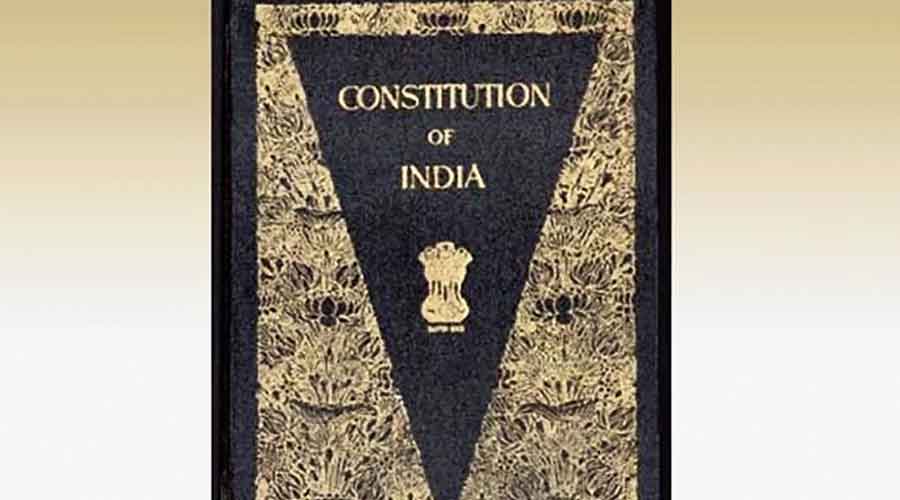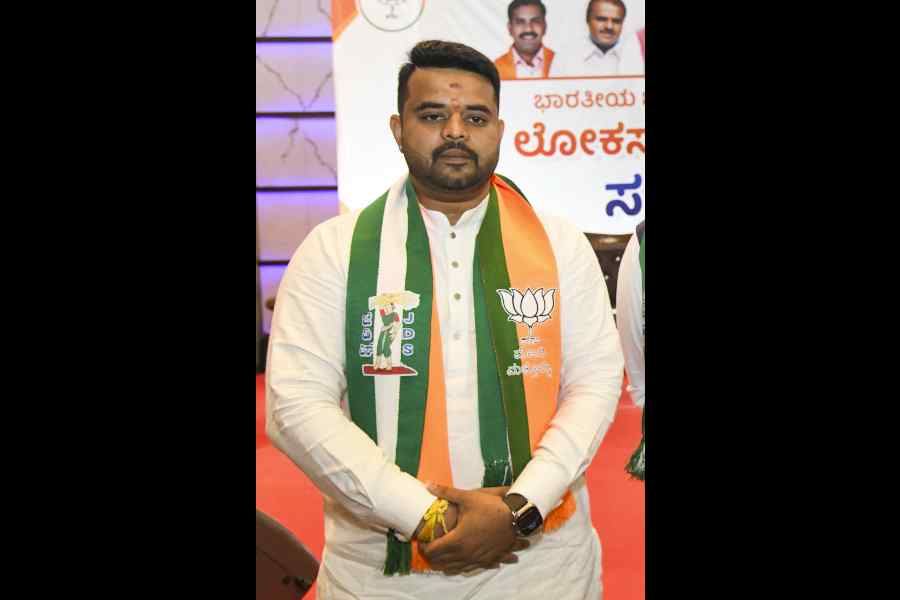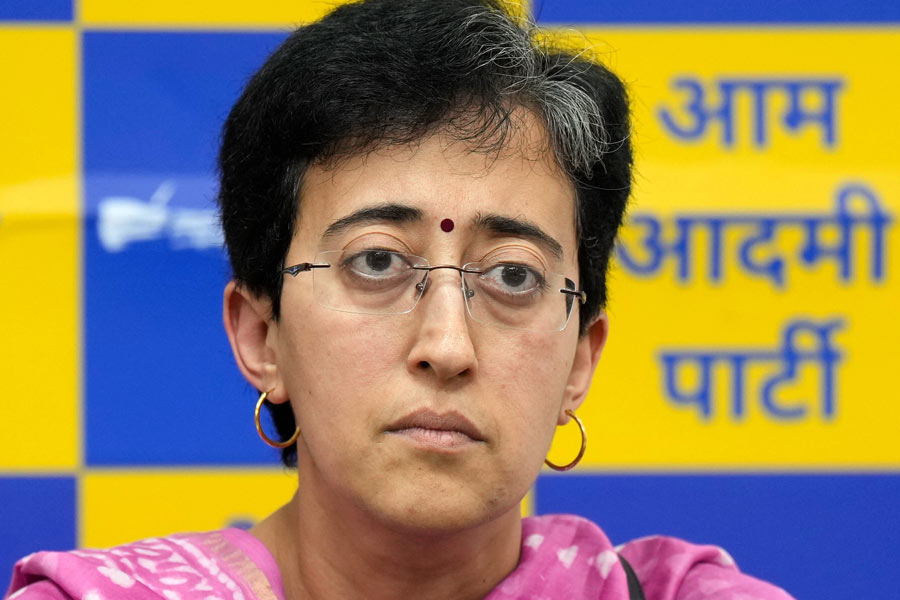Few texts are as dynamic as the Indian Constitution. It represents, through its interpretations, applications and amendments the people’s growing understanding of the gifts of freedom and equality that it symbolises, and the wisdom and independence of the judiciary. Fifty years after the Kesavananda Bharati judgment, which defined the basic structure of the Constitution for the first time, the nobility of the vision it enshrines and the perspicacity of the judges who discerned its foundational values need to be recalled with special emphasis. Although Article 368 of the Constitution allows amendment of its provisions through bills in either House of Parliament, the 1973 judgment declared that no change could be made to its ‘basic structure’, that is, the supremacy of the Constitution, the republican and democratic form of government and it federal dimension, the secular nature of the Constitution and the separation of powers between the executive, legislature and the judiciary. Added to this were the fundamental rights and freedoms of the people listed in it and the building of a welfare state described in Part IV of the document. The basic structure, too, is dynamic, because it allows for inferences appropriate for a changing society; the judiciary’s independence can be immediately inferred while the right to privacy, for example, was a later inference from other enshrined rights of the individual.
The judges defining the basic structure expressed the possibility that, without this doctrine, a party with two-thirds majority in Parliament could mount an assault on the Constitution and change its character. Assaults on constitutional principles and individual freedoms and choices, on the spirit of secularism, equality, and democratic practices have, ironically, become rather familiar in contemporary India. The government’s attitudes, not always obviously articulated but quietly nurtured, are reflected in daily life, from cow vigilantism to the increase of suicides among Dalit students. Occupying one of the highest constitutional positions, the vice-president said that the Kesavananda Bharati judgment was ‘incorrect’, since in a democracy the judiciary cannot fetter Parliament’s right to amend whatsoever it pleases in the Constitution. As the context was the Centre’s desire to overturn the collegium system of judges’ appointments, this was an intriguing use of the concept of ‘democracy’ which assumes an independent judiciary. There is no better time to celebrate and assert the basic structure doctrine judgment.










